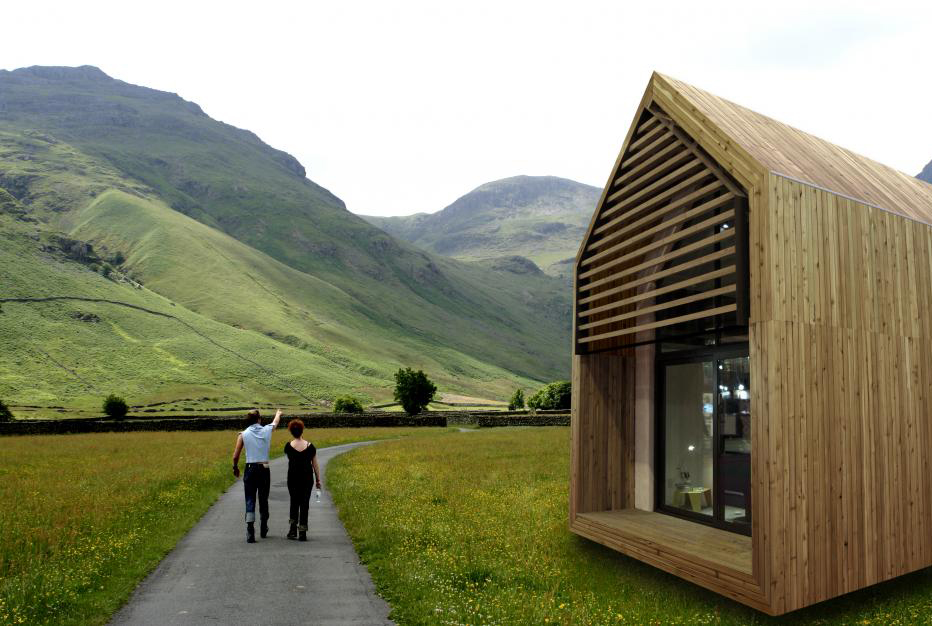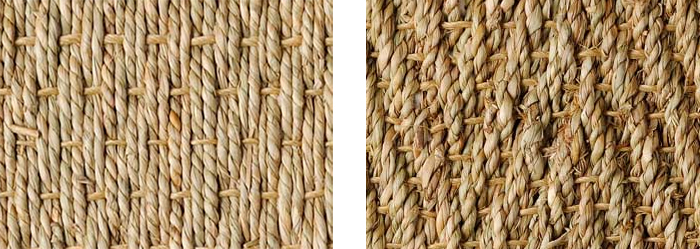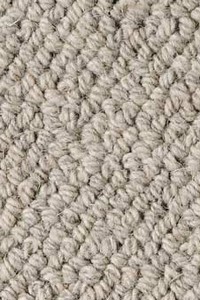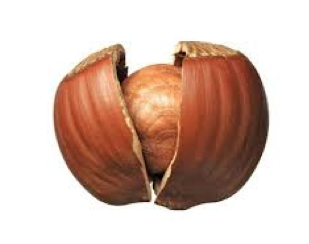Manchester architect Ric Frankland is the director of dwelle and originator of these carefully designed micro-buildings that are highly sustainable. These award-winning ‘dwelle-ings’ can achieve zero carbon status.
Can small be beautiful when it comes to a new house?
 Originally created as ‘sheds for living’ our tiny prefab homes have morphed into dwelle and these small homes are now fondly known as dwelle.ings. This range of carefully designed micro buildings are highly sustainable, quick to erect and adaptable to many landscapes.
Originally created as ‘sheds for living’ our tiny prefab homes have morphed into dwelle and these small homes are now fondly known as dwelle.ings. This range of carefully designed micro buildings are highly sustainable, quick to erect and adaptable to many landscapes.
Dwelle.ings come in various sizes – the dwelle.ing, the little dwelle.ing and the new mobile dwelle-ing. With a tiny footprint, understated modern design, and sustainable features like wool insulation and the ability to achieve zero-carbon status, these sophisticated houses show how small living is the new way to live big. It’s the way forward.
Many new-build homes in the UK are what RIBA has described as ‘shameful shoebox homes’, which are too small for family life and the smallest in Western Europe. RIBA’s Case for Space study discovered the average two-storey three-bedroom home in the UK is 88 sq.m, some 8 sq.m short of recommended minimum and that these new houses were causing people to endure a lower quality of life.
We start from the inside out.
 Here at dwelle we challenge the notion that small means cramped. If the major house builders were to employ excellent designers – and more importantly give them the time they need to come up with good designs – small homes could be much more liveable in.
Here at dwelle we challenge the notion that small means cramped. If the major house builders were to employ excellent designers – and more importantly give them the time they need to come up with good designs – small homes could be much more liveable in.
A typical dwelle.ing has an open plan feel, with bright and airy rooms, larger windows, a clever use of sleeping platforms, and tall ceilings that maintain the illusion of space. They are also extremely energy efficient.
We think that people are increasingly interested in eco-friendly design and curious about low-carbon buildings. Like Alternative Flooring we believe that stylish design should also be kind to both you and the environment. That’s why inside our dwelle-ings we have used Alternative Wool Knot Timber and Alternative’s Seagrass Natural Sisal derived from sustainable sources.
Natural Seagrass from Alternative Flooring
The evocative Wool Knot carpet is woven using undyed wool. It is tactile and soft, highlighting wool’s inherent qualities as an insulator and warmth giver.
Wool is an obvious natural renewable fibre source. Woolgrowers actively work to improve efficiency and care for natural resources, endeavouring to make the wool industry sustainable for future generations. But what about wood?
Why on earth a wood house?
Using timber can make people anxious. We are often asked how we can be making eco-buildings when ‘you cut down trees and then use the wood’ … hopefully these clever little videos will help to explain…
But in a nutshell wood is good.
Oh and small homes = less cleaning 🙂
dwelle is in the Grand Village at Grand Designs Live (4-12 May)
Dwelle, 265 Wimslow Road, Manchester M14 5LN
Tel: 0161 225 4000













